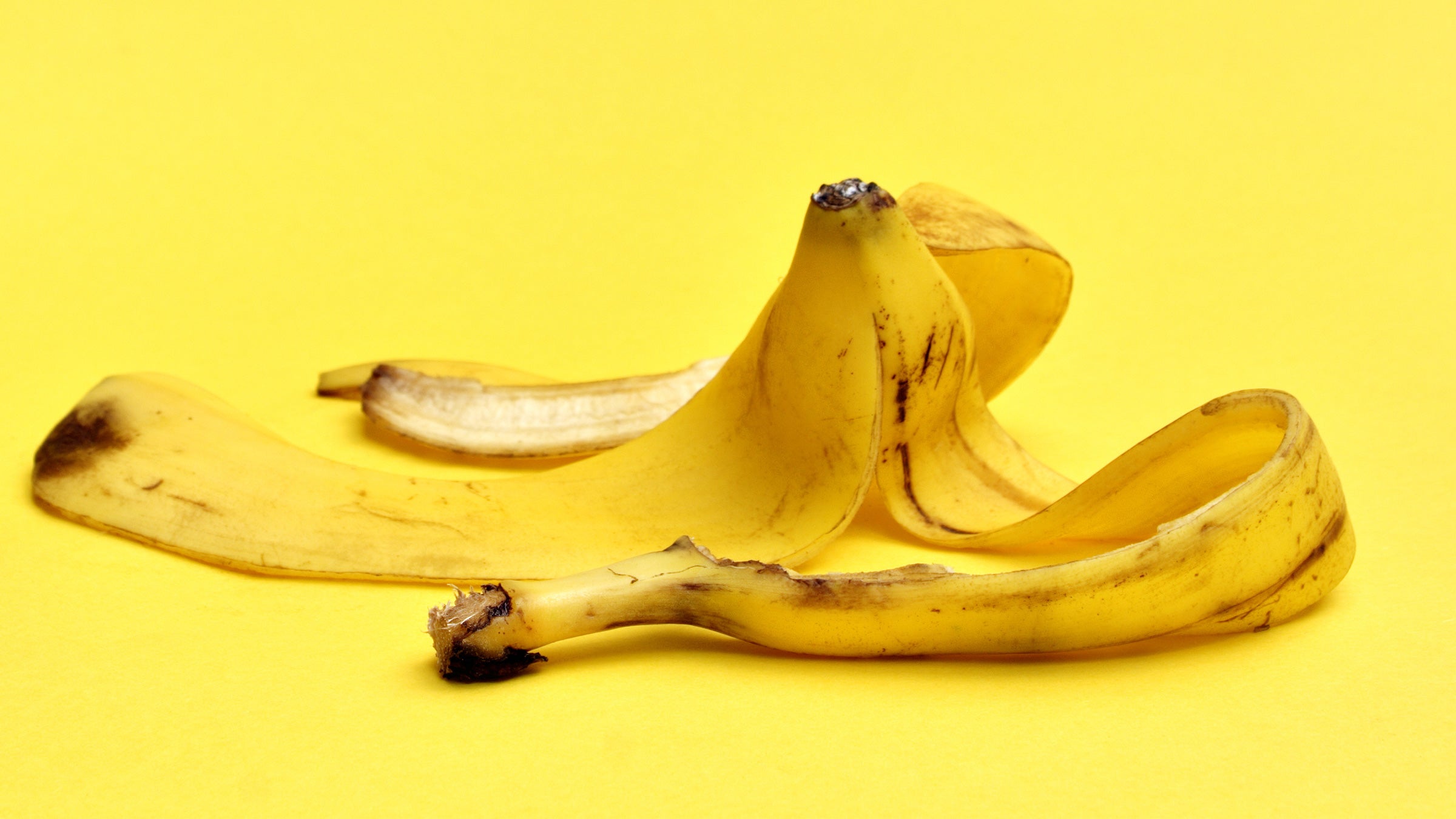Upcycled certified packaged foods, root-to-stem cooking, at-home composting – it’s all part of the effort to make food more sustainable. One particular kind of food waste, banana peels, has recently been repurposed into a new kind of flour. In addition to being a potential way to “recycle” common food waste, this new peel-based flour may also carry a whole host of nutritional benefits, infusing items like cookies with healthful essentials.
Here’s how researchers are turning would-be trash or compost material into a handy, healthful potential baking ingredient.
Banana Peels Can Become a Nutrient-Dense Flour
While the fibrous peel of a banana is seemingly inedible, it’s actually quite nutrient-rich. According to research, the peels alone contain potassium, fiber, amino acids, and polyunsaturated fats. However, it’s not exactly the easiest part of the banana to use when cooking or baking.
But researchers are trying to do exactly that: Turn banana peels into a convenient, nutritious ingredient anyone can use. A 2022 report published in ACS Food Science & Technology suggests that incorporating those peels into baked goods in place of traditional flours can have a beneficial effect.
In this report, scientists took banana peels, blanched them, then dried and ground them into a fine powder. They mixed that powder with ingredients like butter, skimmed milk powder, powdered sugar, and wheat flour. From there, they used the banana peel flour just like any other, creating batches of sugar cookies to test its flavor profile, texture, and nutritional values.
The biggest difference between traditional flour varieties and this peel-based flour? It wasn’t the taste, but rather the nutritional profile of the sweet treats.
The cookies made with banana peel flour were more nutrient-rich. They featured less fat and protein, and they contained more fiber, magnesium, and potassium. These “upcycled” cookies also included higher amounts of phenols and more antioxidant activity compared to typical cookies.
Just a Little Banana Peel Can Make a Difference
In their test baking, researchers tried out different amounts of banana peel flour. The cookies consisted of anywhere from 0 to 15 percent flour. 15 percent banana peel flour led to harder, browner cookies with a lot of fiber. However, with just 7.5 percent banana peel flour, the texture and taste were pretty similar to “normal” sugar cookies – and it still created more nutritious final products.
As a result, the researchers suggested that baked goods made with even just a small amount of banana peel flour could make a difference in how nutritious store-bought cookies are.
Where to Find Banana Peel Flour
If you’re ready to start baking with banana peel flour at home, unfortunately it’s not yet readily available. This study was merely an initial test run, examining different amounts of the new flour and how it might be able to be incorporated into foods (specifically, cookies). So, you won’t find banana peel flour at your local grocery store just yet.

